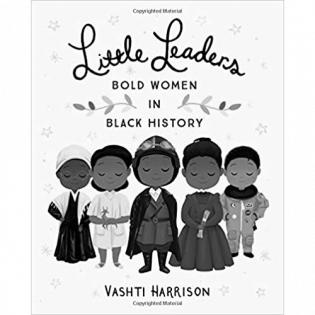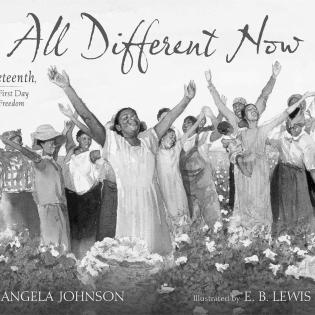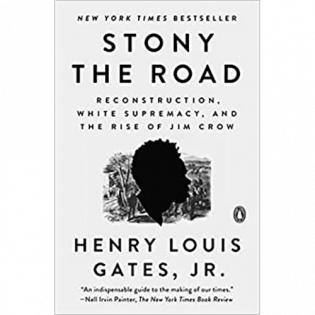We are made by history. In this activity, youth read the stories of philanthropic African Americans and influential related events that made America what it is today.
Filter by subjects:
Filter by grades:
Filter by audience:
Filter by issue area:
Filter by content type:
Filter by resource type:
resource search
With each learner listening to a video about a specific perspective in the history of philanthropy, the learners piece together and explore the history of philanthropic behavior (sharing, community collaboration, service) from ancient cultures to today, as well as compare themes of love and
This all-new History of US Philanthropy Timeline features stories of diverse individuals and organizations who have used their time, voice, connections and resources to make an impact on the world. Young people, who are capable changemakers, can examine this history to question and explore the ways philanthropy has created lasting change and changed itself. By sharing stories of the past, we equip and empower youth to shape the story of philanthropy today and in the future.
Servant leaders are people who practice a leadership philosophy that “enriches the lives of individuals, builds better organizations, and ultimately creates a more just and caring world.” For this activity, youth create their own oral history recording by interviewing an individual who they consider a servant leader. Youth will glean lessons from the interview and create and preserve a historical record of a story that is worthwhile knowing.
Children develop sharing and learning relationships with senior friends from a local senior center or retirement home as they volunteer to write the "living history" of that person. Partners from both generations discuss how they have been philanthropists in their lives.
“In a society where being an African American and female meant being an outsider or sometimes invisible, these women dared to go after what they wanted, to demand what they deserved. Some of them were reluctant leaders, while others were not even aware of their bravery, but their legaci
This book and discussion guide provide a personal and informative approach to the origin of the federal holiday known as Juneteenth. After this hot June day in 1865, things would be all different for enslaved African Americans in Texas. Author Angela Johnson and illustrator E.B. Lewis bring readers along through the experience of learning that the end of slavery is in sight. This book tells the story of Juneteenth from a personal and relatable perspective for people of all ages.
Definition
The National Association for the Advancement of Colored People (NAACP) states its mission as:
The abolition of slavery in the aftermath of the Civil War is a familiar story, as is the civil rights revolution that transformed the nation after World War II.


